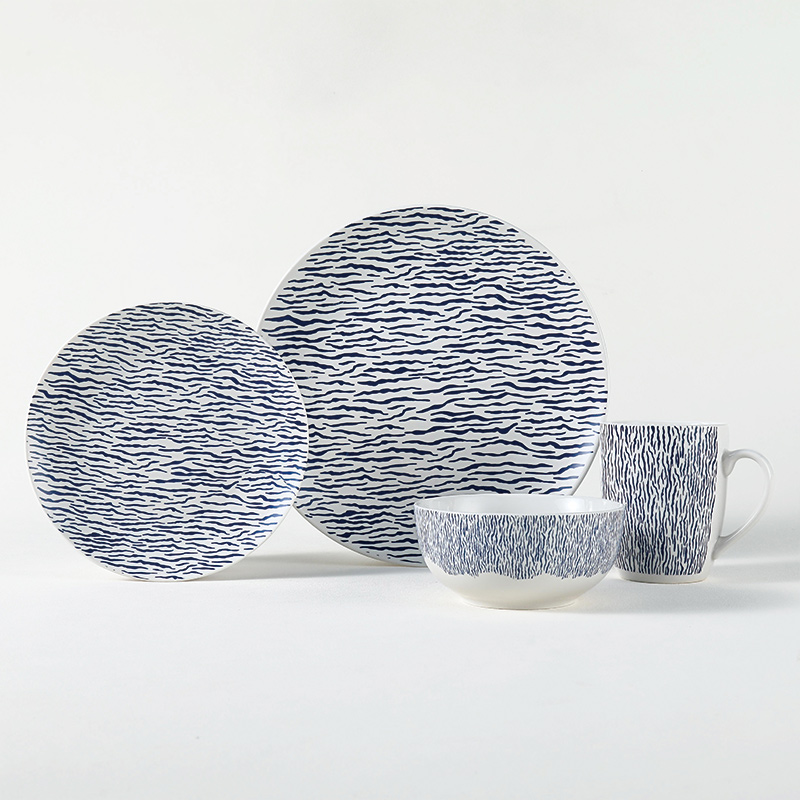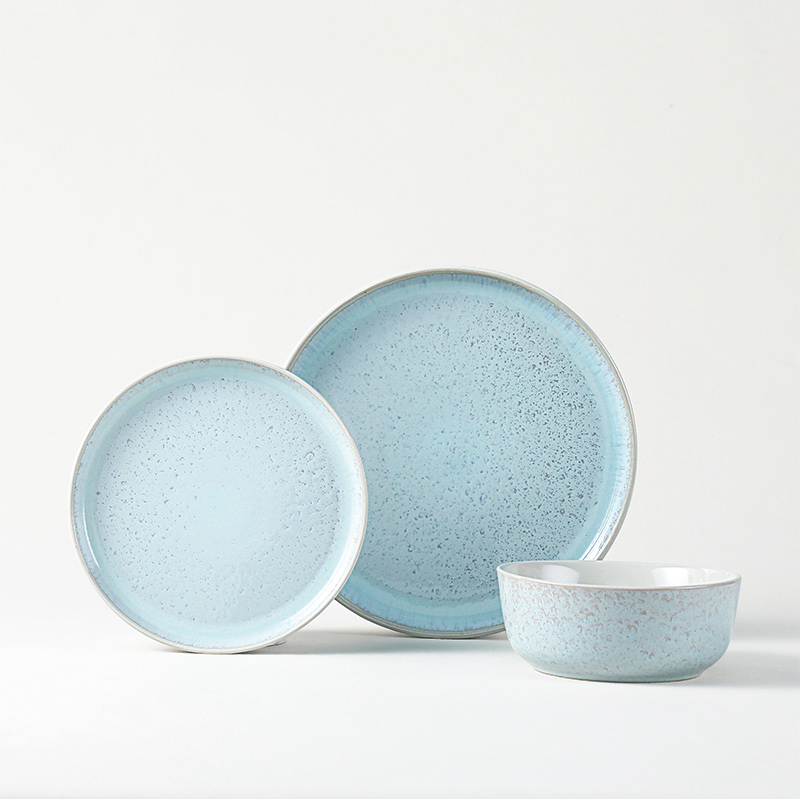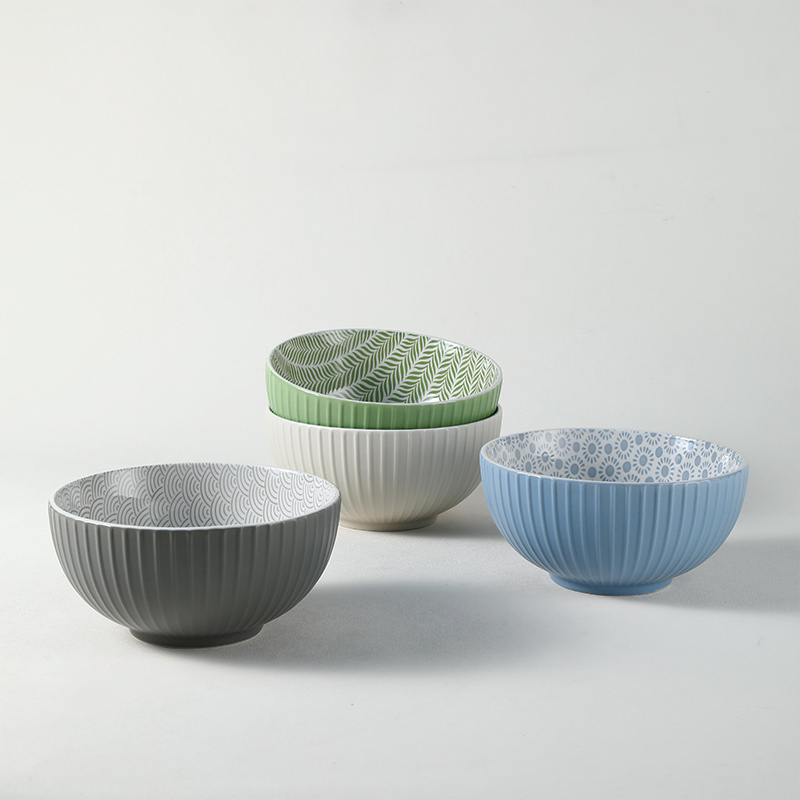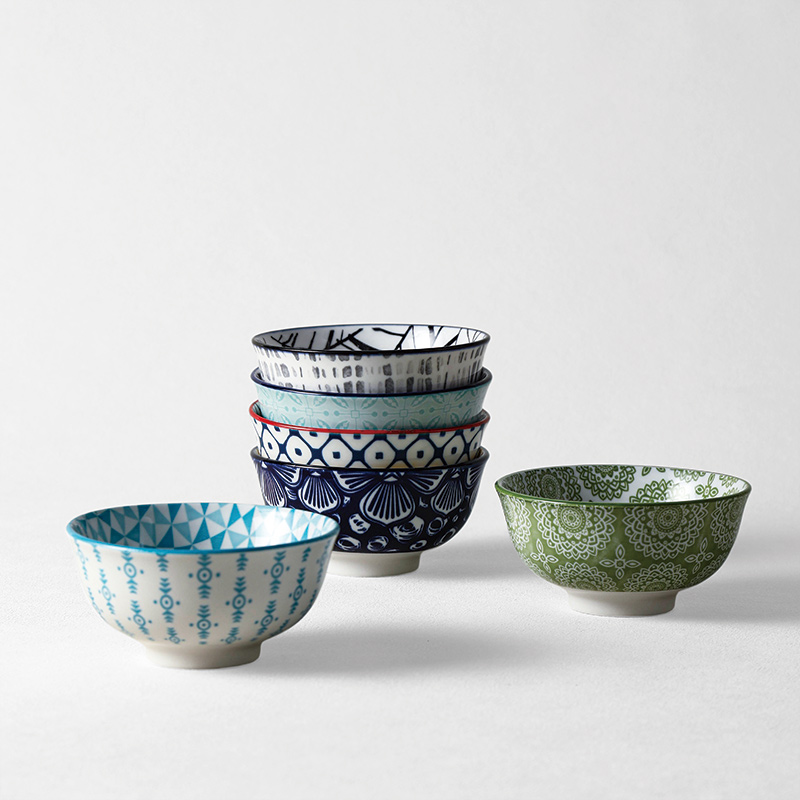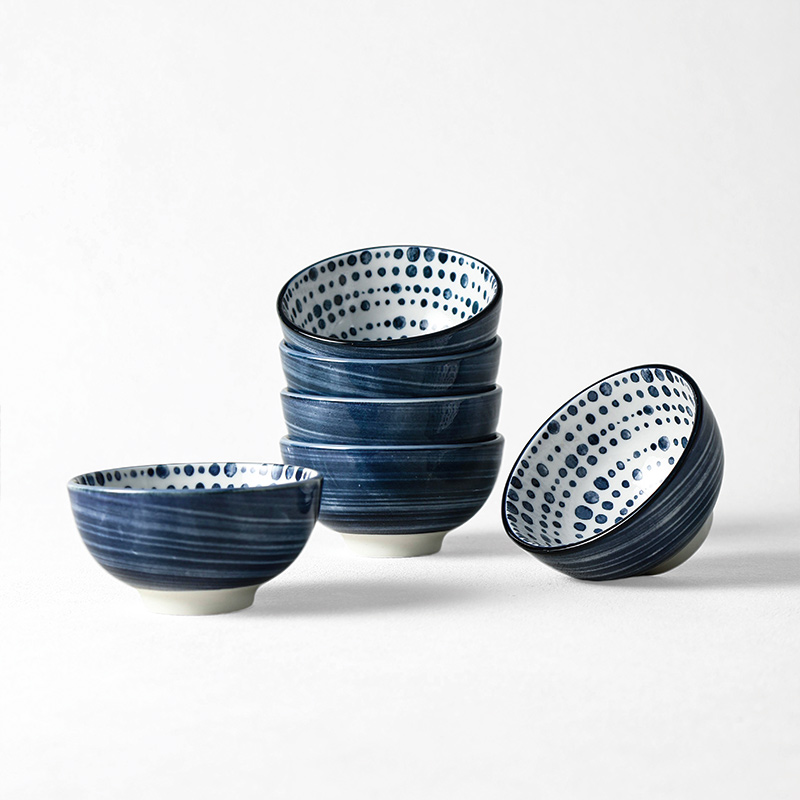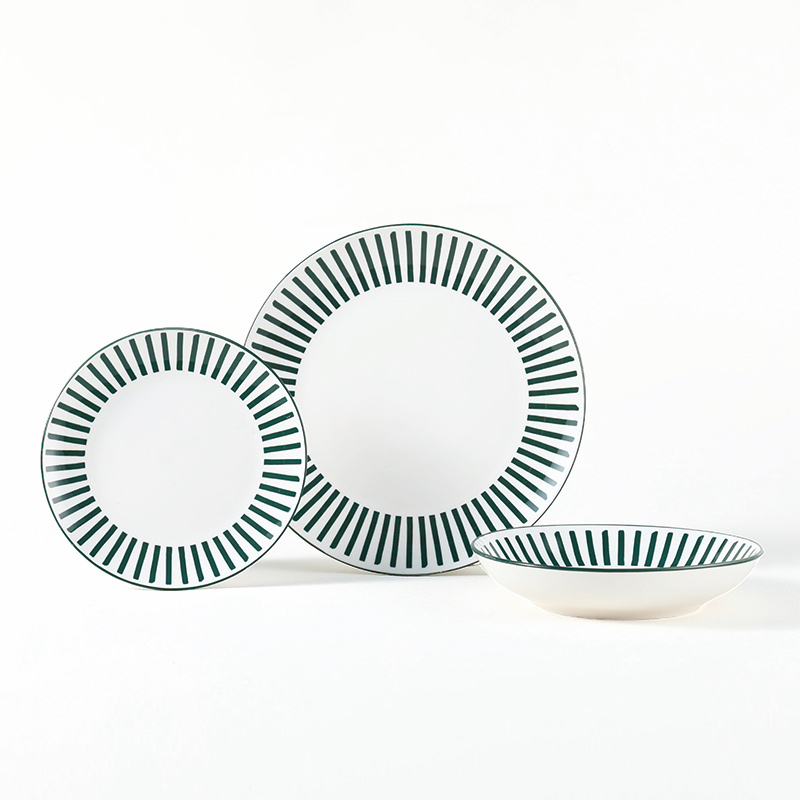1. Main raw materials
Quartz (silicon dioxide): As the skeleton component of glaze, it provides hardness, transparency, and chemical stability.
Feldspar (aluminosilicate): lowers the melting temperature of glaze, increases gloss and fluidity, and commonly contains oxides such as potassium, sodium, and calcium.
Clay (kaolin, etc.): enhances the adhesion of glaze slurry, regulates high-temperature shrinkage and bonding properties.
2. Functional additives
Flux (such as limestone, talc): lowers the melting point and improves the smoothness of the glaze layer by using calcium oxide or magnesium oxide.
Colorants (metal oxides): such as cobalt oxide (blue), copper oxide (green/red), iron oxide (yellow/brown), etc., used for glaze decoration.
Turbidity agents (such as tin oxide and zirconium oxide): form an opaque effect by scattering light.
3. Process characteristics
The glaze needs to be ground into a paste and applied to the body. It is then fired and melted at high temperatures (usually above 800 ° C), cooled to form a dense glass layer with waterproof, wear-resistant, and decorative functions. In terms of safety, the glaze layer fired normally is stable and harmless, but it may release trace amounts of metal components after damage, so it is necessary to avoid using damaged utensils.
Key point: The essence of glaze is a silicate glass network, whose properties are controlled by raw material ratios and firing processes, and have both practical and artistic value.

